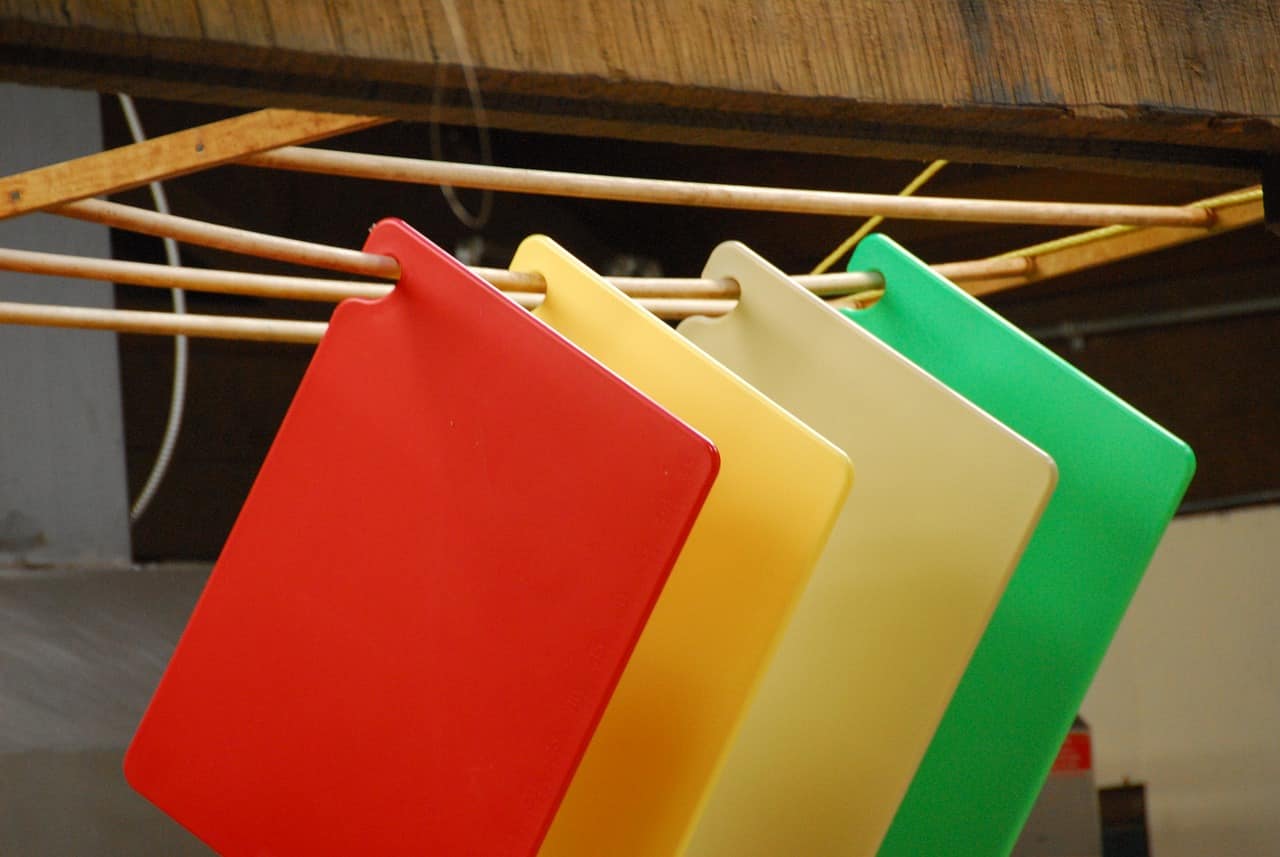Cutting boards are among the most useful tools in homes and restaurant kitchens. However, they could also be an important source of harmful microplastics in human food, according to a new study. Researchers found chopping carrots could produce tens of millions of microparticles a year but not necessarily cause health problems.

Microplastics are typically the result of the degradation of larger pieces of plastic. Any piece of plastic under the size of five millimeters (0.2 inches) is a microplastic. They can travel large distances on the ocean’s currents and can be found almost everywhere – on the ocean’s surface, on the beaches, in the arctic sea, and even in deep-sea sediments.
They are eaten by fish, seabirds, and other marine life, who mistake microplastics for food. Once eaten, they can potentially become part of the human food chain. But this isn’t the only way they can enter our food chain. Studies have found microplastics in sea salt, honey, beer, bottled water, and organic fertilizers used in backyard gardens.
A team from North Dakota State University wanted to explore whether cutting boards could be a source of microplastics in food. They looked at the impact of chopping styles and board materials on the release of microparticles. They found 14 to 71 million polyethylene microplastics are released each year from food preparation.
The risks of cutting boards
Cutting boards are crafted from various materials such as rubber, bamboo, wood, or plastic. Boards tend to acquire grooves and slash marks over time, as they are used for mincing, slicing, and chopping food over time.
For their study, the team focused on microplastics that could be released when chopping vegetables on plastic and wood cutting boards. However, any type of food chopping can release microplastics.
The researchers did a series of chopping experiments. They asked volunteers who utilized a single steel knife to chop carrots. Both the knife and the board were rinsed using water that had undergone microplastic testing. Any generated microparticles were carefully filtered and collected and then send to the lab for further testing.
They found that the amount of microplastics was affected by the chopping patterns of the individuals. The board material was also an influential factor. The wooden board showed a higher release of wooden microparticles by mass compared to the plastic boards. Spherical microplastics smaller than 100 micrometers were the most common ones.
The researchers also did a preliminary toxicity study of polyethylene microplastic particles. They found no significant effects on mouse cell survival from polyethylene or wood microparticles released during chopping. However, they suggest further studies will be necessary and that microplastics could still be a problematic health issue for humans.
The study was published in the journal Environmental Science & Technology.









